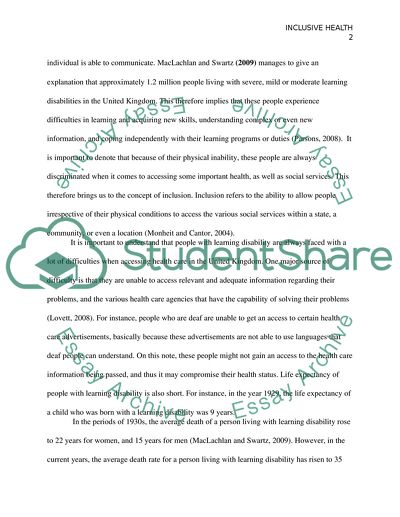Cite this document
(“Multi Culture Models of Health and Social Inclusion Essay”, n.d.)
Multi Culture Models of Health and Social Inclusion Essay. Retrieved from https://studentshare.org/nursing/1638552-multi-culture-models-of-health-and-social-inclusion
Multi Culture Models of Health and Social Inclusion Essay. Retrieved from https://studentshare.org/nursing/1638552-multi-culture-models-of-health-and-social-inclusion
(Multi Culture Models of Health and Social Inclusion Essay)
Multi Culture Models of Health and Social Inclusion Essay. https://studentshare.org/nursing/1638552-multi-culture-models-of-health-and-social-inclusion.
Multi Culture Models of Health and Social Inclusion Essay. https://studentshare.org/nursing/1638552-multi-culture-models-of-health-and-social-inclusion.
“Multi Culture Models of Health and Social Inclusion Essay”, n.d. https://studentshare.org/nursing/1638552-multi-culture-models-of-health-and-social-inclusion.


